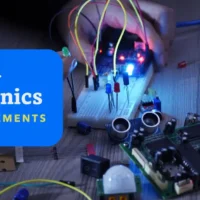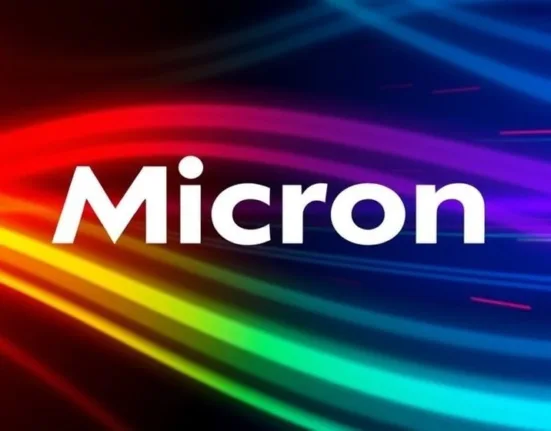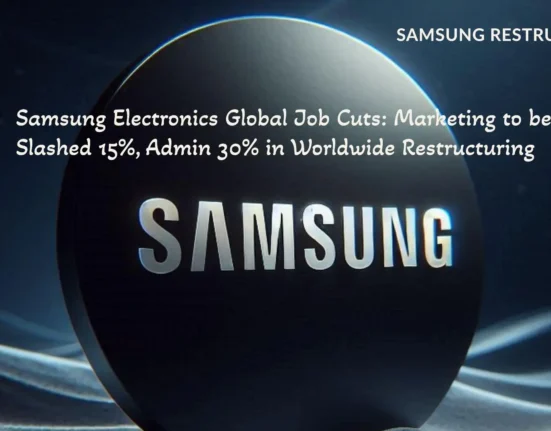Why Most FPGA Engineers Are Over 30: Inside a Niche Tech Career
- by Abhinav Kumar
- 12 November 2025
- 4 minutes read

Key Insights
- FPGA engineering is a highly specialized, niche field where the majority of professionals are over 30 due to steep learning curves and long skill development cycles.
- The average age for hardware and FPGA-related engineers in the U.S. is 43 years, with only 9% under 30, reflecting both industry complexity and slow pipeline growth.
- Demand for FPGA specialists is rising in sectors like aerospace, defense, and AI, but the field remains less accessible to early-career engineers compared to software or embedded roles.
A recent industry observation: walk into any advanced hardware lab, and you’re likely to notice that most FPGA (Field-Programmable Gate Array) engineers are well into their 30s or beyond. This isn’t just anecdotal—data and expert opinion show that the path into FPGA specialization is both narrow and deep, with barriers that filter out all but the most persistent hardware enthusiasts.
The Age Demographics of FPGA Engineers
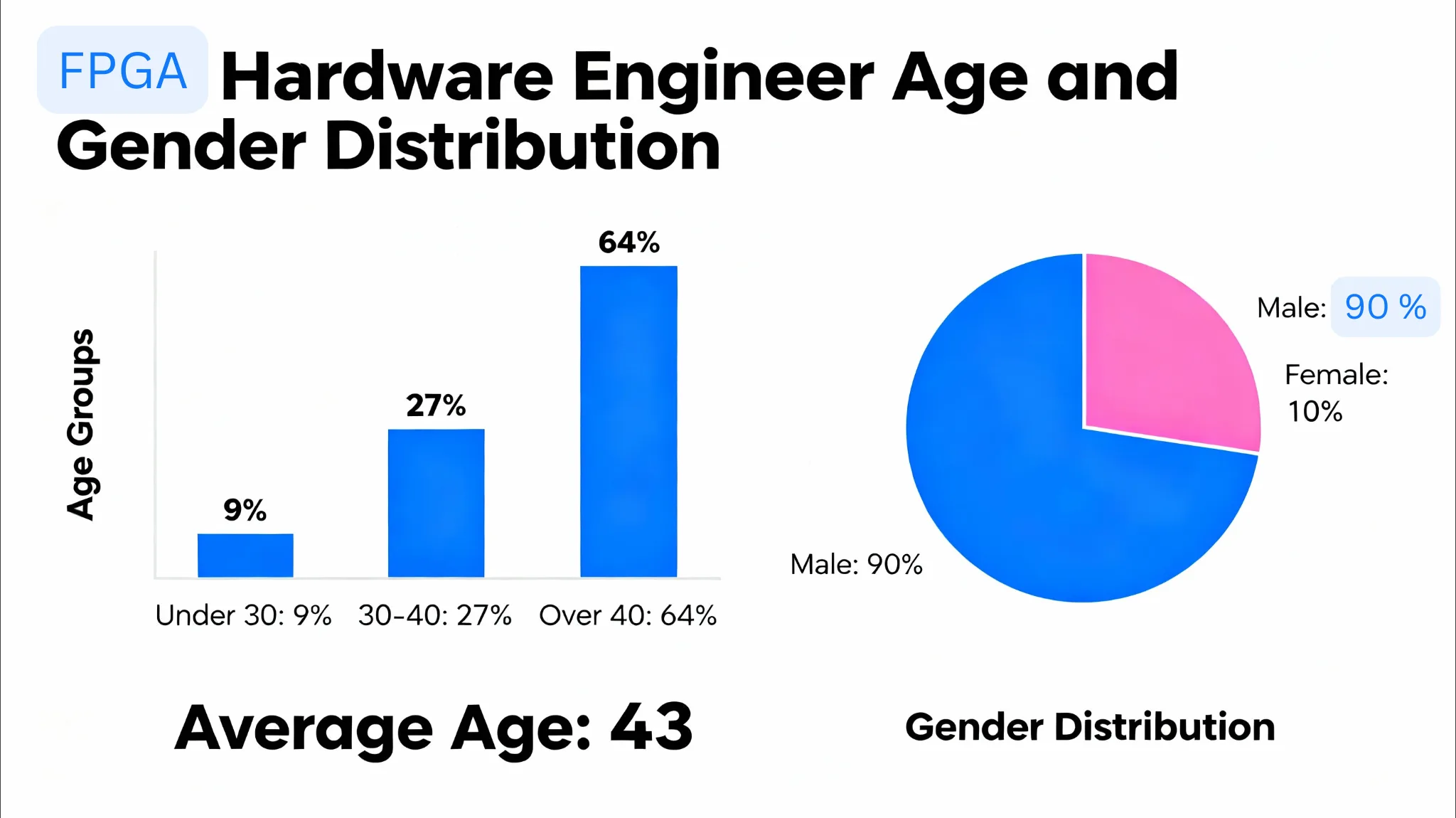
FPGA engineering sits within the broader hardware engineering sector, which itself is aging compared to adjacent tech fields. Recent workforce data shows the average hardware engineer in the U.S. is 43 years old, with only 9% under age 30 and a full 64% over 40. This trend holds for hardware design engineers as well, where the age distribution remains nearly identical. Gender disparities are also striking, with over 90% of hardware design engineers identifying as male, reflecting both historical and ongoing pipeline challenges.
| Demographic | Hardware Engineers | FPGA Engineers (Est.) |
|---|---|---|
| Average Age | 43 | 43–45 |
| % Under 30 | 9% | Likely <9% |
| % Over 40 | 64% | 64%+ |
| Gender Ratio (M/F) | 90/10 | 90/10 (est.) |
The age skew is even more pronounced within the FPGA subset. Because FPGA development requires mastery of digital logic, hardware description languages (HDLs) like VHDL or Verilog, synthesis tools, and complex debugging protocols, the entry ramp is steeper than for most software or even ASIC roles. Unlike software engineering, where fast bootcamps and open-source projects can accelerate early-career growth, FPGA work often demands years of hands-on experience and intuition that only develops with time and repeated exposure to real-world hardware challenges.
Why Does FPGA Specialization Take So Long?
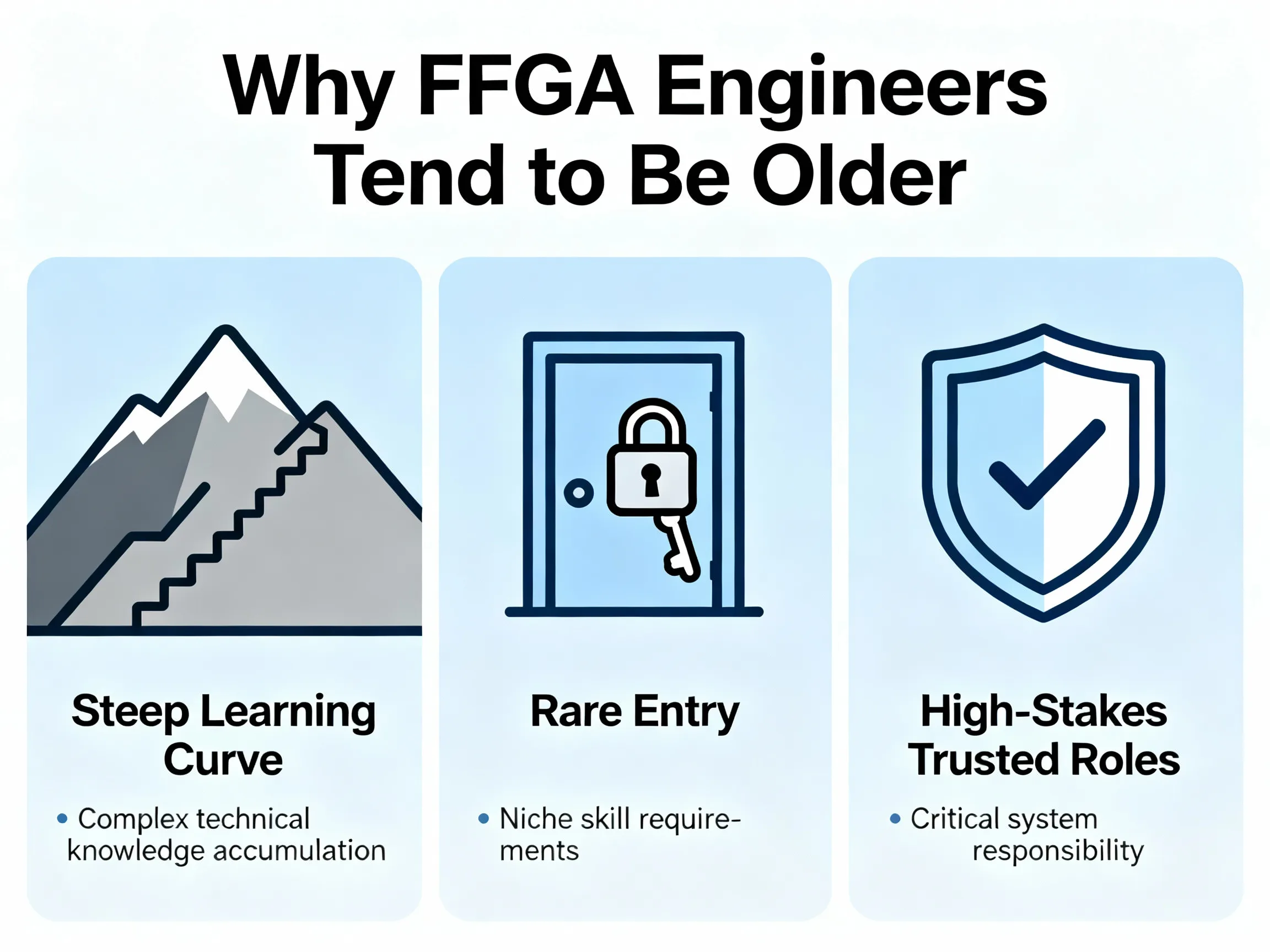
Several factors contribute to the older age profile among FPGA engineers:
- Steep Learning Curve: FPGA design sits at the intersection of hardware and software, requiring deep knowledge of digital logic, timing analysis, and system architecture. Mistakes are costly and debugging can be painstaking, which slows down the training pipeline.
- Niche Entry Points: Unlike software or even ASIC development, few undergraduate programs offer focused FPGA tracks. Most engineers stumble into FPGA work through graduate research, specialized R&D roles, or after years in adjacent hardware positions.
- Industry Trust and Risk: Mission-critical industries—defense, aerospace, high-frequency trading, and medical devices—rely on FPGAs for their speed and flexibility. These sectors prefer trusted, experienced professionals, further reinforcing the seniority skew in hiring practices.
A recent comment from an industry veteran captures this dynamic well: “FPGA is a cavernous role with lots of depth and breadth, but a very small opening to enter. Once you get in, you wander around in endless nooks and crannies on each project, not realizing your hair has turned gray.”
Emerging Trends: Is the Age Gap Closing?
Despite the mature age profile, the demand for FPGA expertise is higher than ever, driven by advances in AI acceleration, 5G/6G wireless, and edge computing. Companies like Xilinx (now part of AMD), Intel, and Lattice Semiconductor are rapidly innovating, pushing FPGAs into new applications from autonomous vehicles to real-time data analytics.
However, the field’s pipeline problem persists:
- Limited Academic Exposure: Most engineering curricula still treat FPGA development as an elective or advanced topic, limiting early exposure for undergraduate students.
- Mentorship Bottleneck: With so few young professionals entering the field, knowledge transfer relies heavily on senior engineers, slowing the onboarding and upskilling process for newcomers.
- Specialized Tools and Workflow: The proliferation of proprietary tools (e.g., Xilinx Vivado, Intel Quartus) and evolving HDL standards means that even experienced engineers from adjacent domains face a steep learning curve when switching to FPGAs.
However, some industry outreach programs and open-source FPGA initiatives (like the SymbiFlow project) are working to lower the barrier to entry, offering more accessible toolchains and educational resources. These efforts are slowly attracting a younger cohort, but the overall age distribution remains unchanged for now.
What’s Next for FPGA Careers?
As FPGAs become central to emerging technologies—AI, IoT, high-speed networking—the industry is under pressure to attract and train younger talent. Companies are beginning to partner with universities to integrate FPGA coursework earlier in engineering programs and support student design competitions. Meanwhile, the growth of cloud-based FPGA resources (such as AWS F1 instances) is making the technology more accessible for experimentation and prototyping.
For now, however, FPGA engineering remains a field where experience trumps youth. The journey to mastery is long, and the community is small—but for those who persist, it offers unmatched technical depth and impact in some of the world’s most exciting industries.
Discover more from WireUnwired Research
Subscribe to get the latest posts sent to your email.





